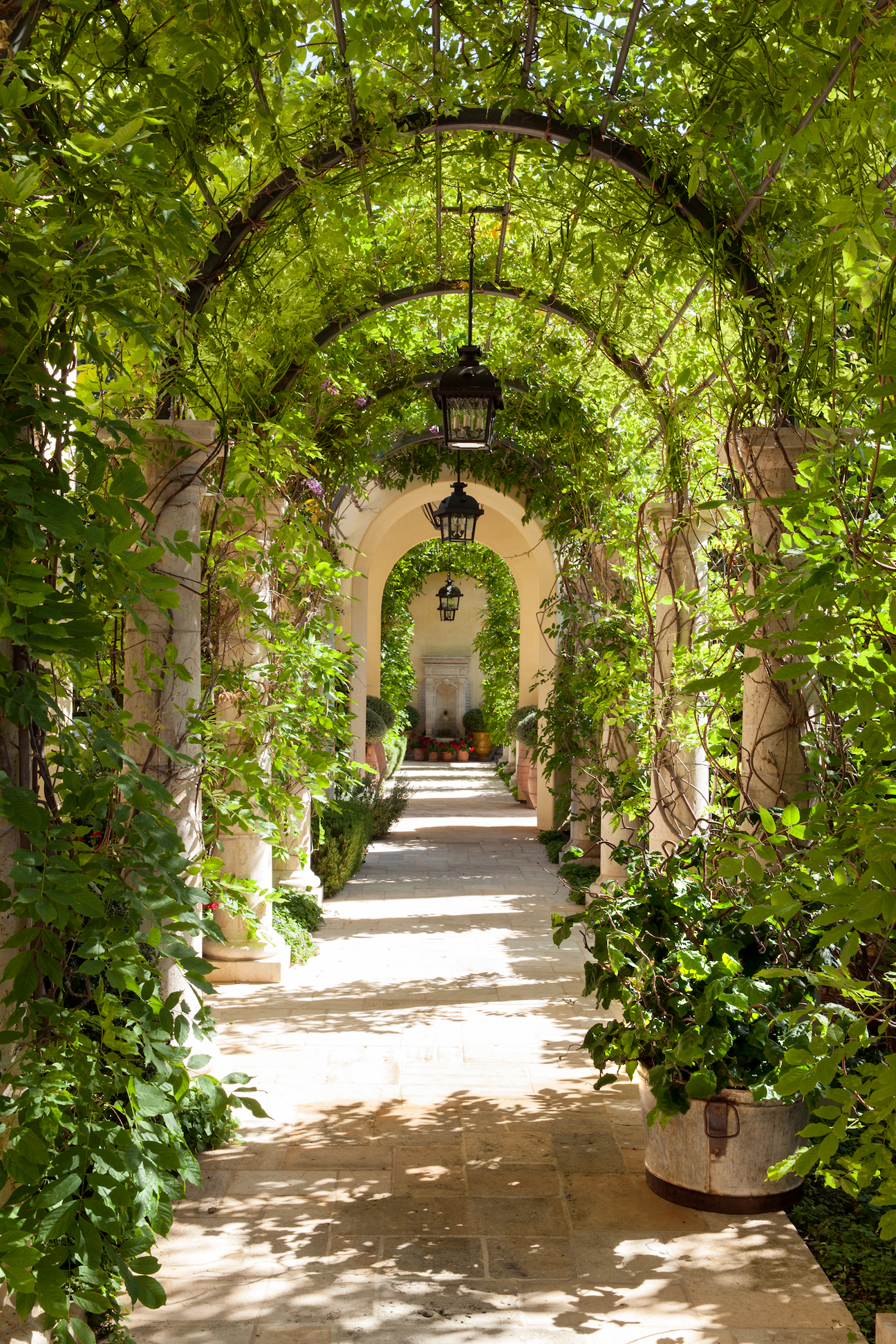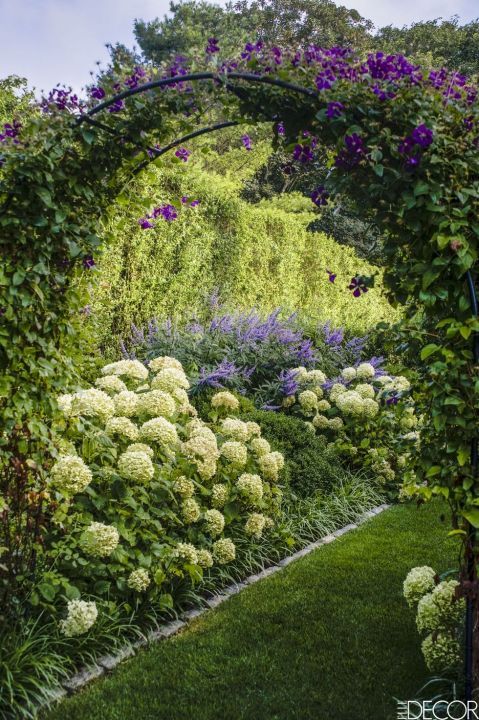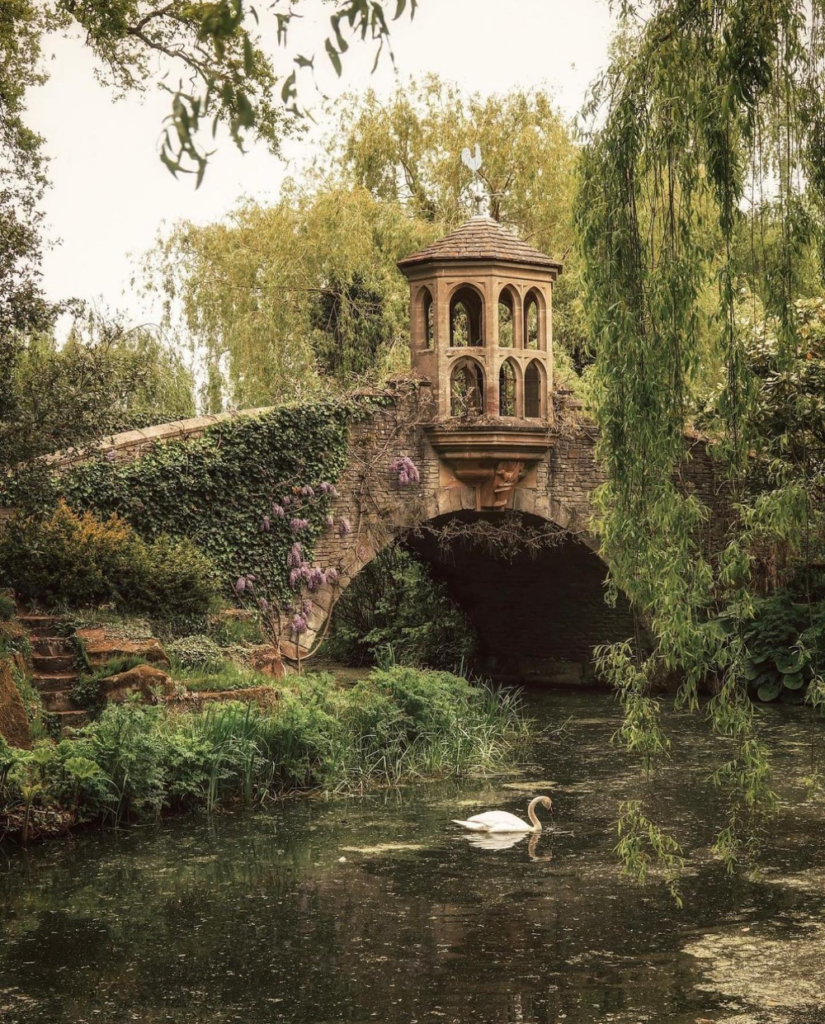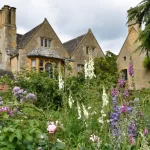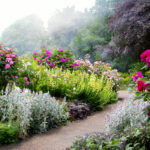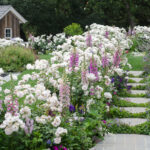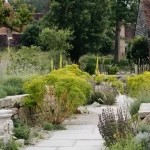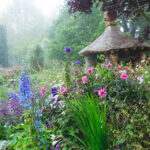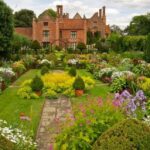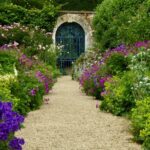English gardens are renowned for their charm, beauty, and timeless appeal. Characterized by their manicured lawns, colorful flowerbeds, and meandering pathways, these gardens have a long and rich history that dates back centuries. One of the most famous examples of an English garden is the iconic Sissinghurst Castle Garden, created by writer Vita Sackville-West and her husband, Harold Nicolson, in the 1930s. This garden is known for its intricate design, with a series of interconnected “outdoor rooms” that each have their own distinct character.
English gardens are typically designed to be both functional and aesthetically pleasing. They often feature a mix of formal and informal elements, with carefully planned flower borders, neatly trimmed hedges, and carefully placed statues and other architectural features. Many English gardens also include a range of plants and flowers that are chosen for their beauty, fragrance, and ability to thrive in the local climate.
In addition to their visual appeal, English gardens are also valued for their role in promoting biodiversity and supporting wildlife. These gardens provide a habitat for a wide variety of birds, insects, and other creatures, making them important sanctuaries for biodiversity. By cultivating a diverse range of plant species and creating habitats that are suitable for a variety of wildlife, English gardeners help to protect and preserve the natural world.
English gardens are also deeply rooted in the country’s cultural and literary history. Many famous writers, artists, and thinkers have drawn inspiration from the beauty and tranquility of these gardens, using them as settings for their works or simply as places of reflection and contemplation. From Shakespeare’s plays to the poetry of Wordsworth and Keats, English gardens have played a central role in shaping the national identity and artistic heritage of the country.
Today, English gardens continue to be a source of inspiration for gardeners and nature lovers around the world. Whether you are a seasoned gardener looking for new ideas or simply a nature enthusiast seeking a peaceful retreat, these gardens offer a wealth of beauty and inspiration. From the grandeur of stately country estates to the charm of small cottage gardens, there is something for everyone to enjoy in the timeless beauty of an English garden.
In conclusion, English gardens are not just places of beauty, but also important cultural, ecological, and historical landmarks. With their stunning landscapes, diverse plant life, and rich heritage, these gardens are a testament to the enduring power of nature and the creative spirit of humanity. Whether you are exploring a historic estate or tending to your own backyard garden, the beauty and tranquility of an English garden are sure to leave a lasting impression.
